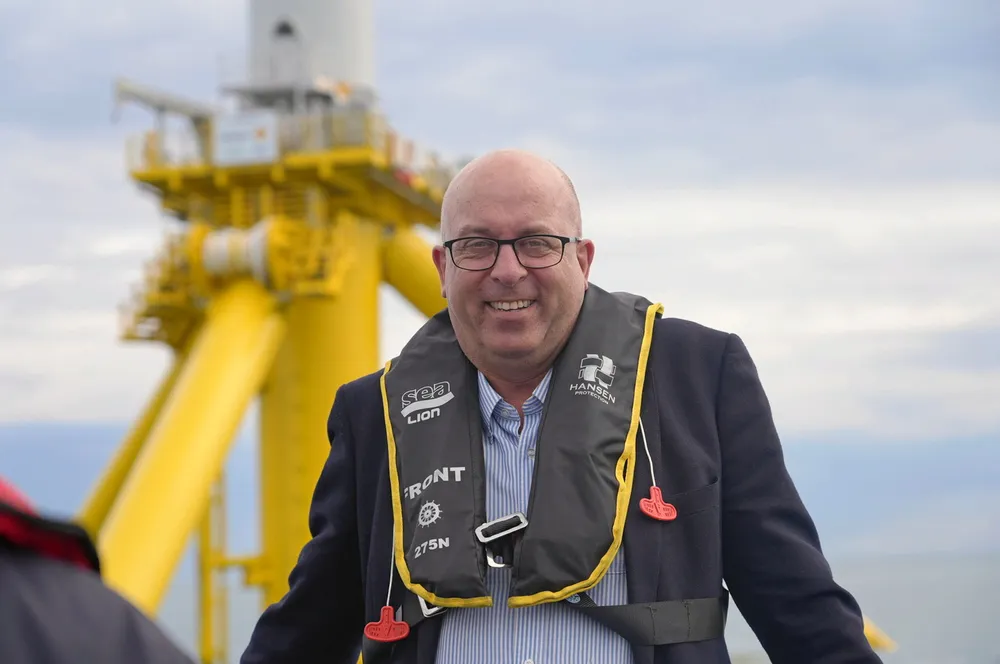Europe less enthusiastic about floating wind as major hurdles surface: survey
Lack of standardisation, manufacturing capability and capacity among major hurdles to sector development, Westwood Global Energy Group finds

European stakeholders in the floating wind industry are becoming less optimistic about the sector as major hurdles and risks to the technology become increasingly apparent, a survey by market research and consulting firm Westwood Global Energy Group found.
The research developed in partnership with Norwegian Offshore Wind (NOW) and the World Forum Offshore Wind found 42% of European respondents less optimistic about the floating offshore wind sector than they were two years ago, compared with 30% for non-Europe.
Globally, 44% of developers are more optimistic about the sector than two years ago, but that figure shrank to just under a quarter of supply chain respondents, Westwood said., which had surveyed 184 floating offshore wind stakeholders.
The interviewees cited a lack of standardisation of floating technology (55%), manufacturing capability and capacity (51%) and port infrastructure (50%) as the most common hurdles and risks to progress in the sector.
“These are significant and familiar challenges for an industry in infancy, as first-movers look to establish reliable supply chains and weigh up investment risk,” Westwood’s head of energy transition, David Linden, said.
“But despite these known obstacles and a more realistic picture of near-term growth, optimism hasn’t wavered as much as anticipated.
“The enthusiasm accompanying the flurry of activity following the 2022 leasing rounds and target setting has naturally waned, but our survey results demonstrate the appetite in the sector.”
Westwood’s WindLogix solution also noted that the recent market upheaval caused primarily by cost inflation and a subsequent re-focusing of developer strategies will lead to global floating offshore targets being missed.
The majority of respondents (54%) now expect less than 3GW of global capacity to be operational by 2030, with Europe reaching 0.5 – 2GW in the same time (61%).
“We need to build manufacturing capability and capacity. And we also need to invest in infrastructure and port capacities,” Norwegian Offshore Wind CEO Arvid Nesse said.
“To accelerate the investments in these capacities, the investors need to see a plan from the governments in the countries where floating wind is most relevant. Such a plan must indicate volumes and a timeline.”
The survey was released at NOW’s floating wind days in Haugesund, Norway, today.
(Copyright)